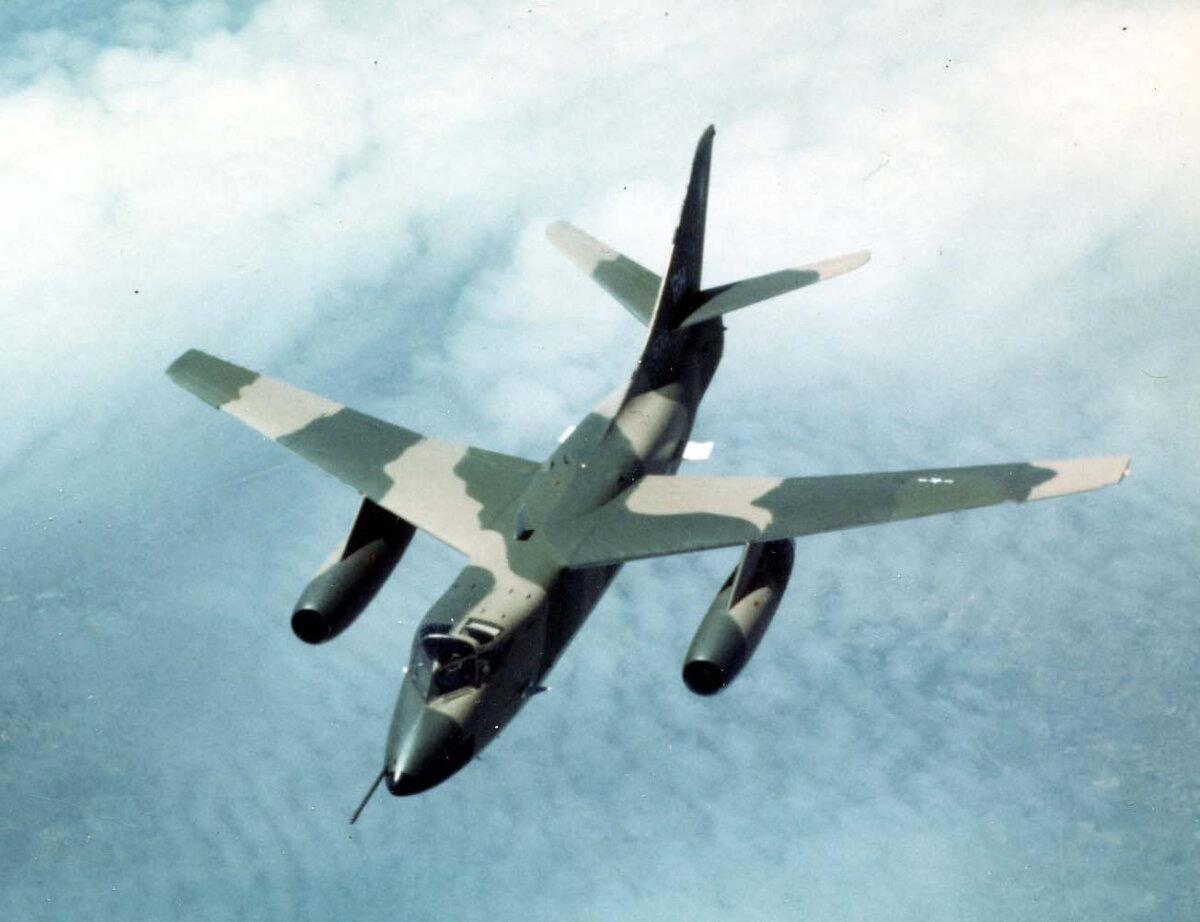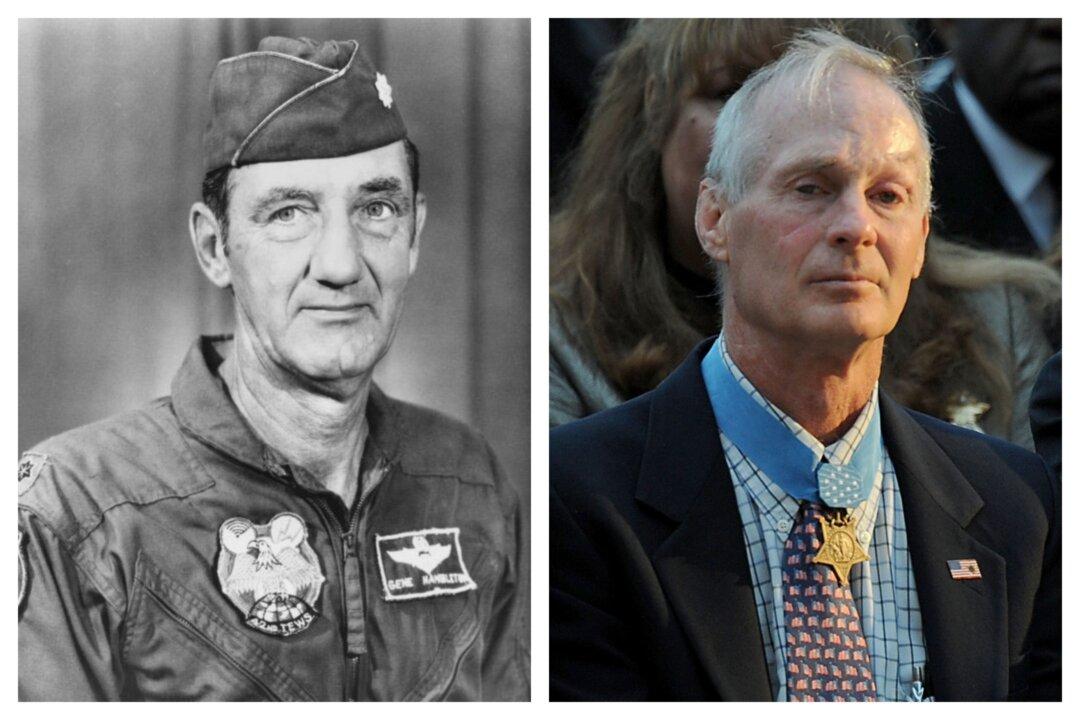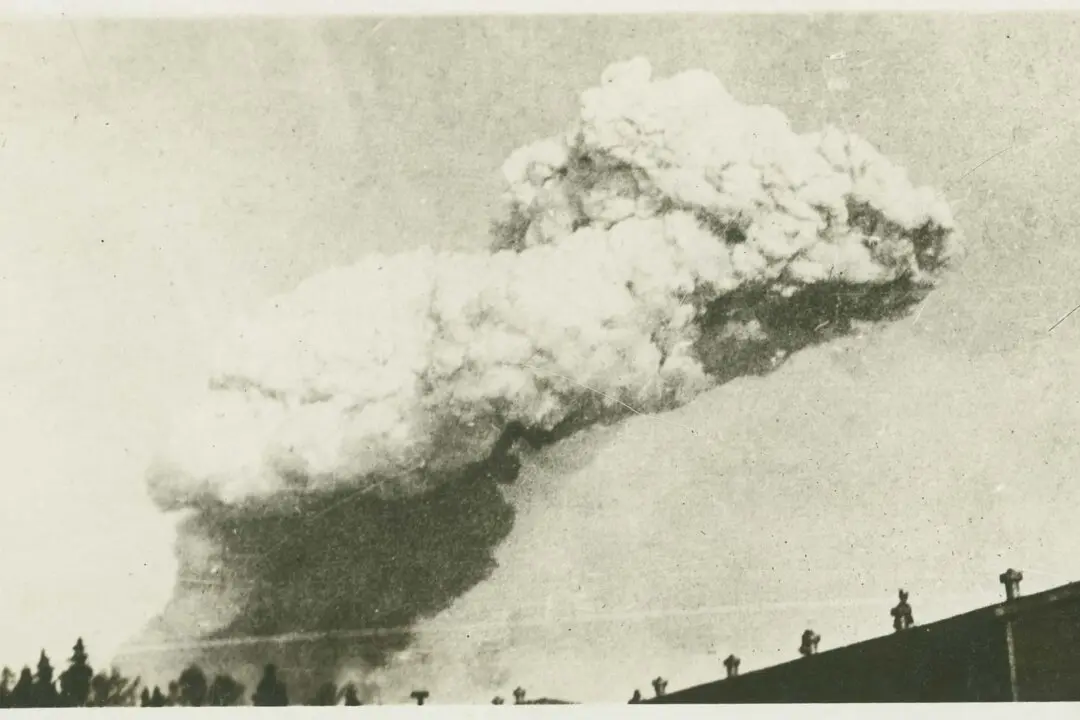Hopes were fading in the middle of the largest air and ground rescue mission of the Vietnam War. Several attempts to rescue downed airmen had failed. However, the courage and persistence of Lt. Thomas Norris ultimately allowed Lt. Col. Iceal Gene Hambleton to see another day. After completing the mission successfully, the military used much of what they learned to conduct future battlefield search and rescue missions.
Taken Unawares
On Easter Day, on April 2, 1972, during a brutal assault, in an area occupied by around 30,000 North Vietnamese troops, Lt. Col. Hambleton was the navigator of an EB-66 aircraft, with a call sign of Bat 21, which was flying as escort for a group of B-52s. The Bat 21 was to defend against surface to air missiles (SAMs) while the B-52s were attacking the enemy from the air.
Douglas EB-66E Destroyer in flight. Aircraft of the 355th Tactical Fighter Wing, 41st or 42nd TEWS based at Takhli Royal Thai Air Force Base over Southeast Asia, on March 30, 1970. US Air Force photo. Public Domain






